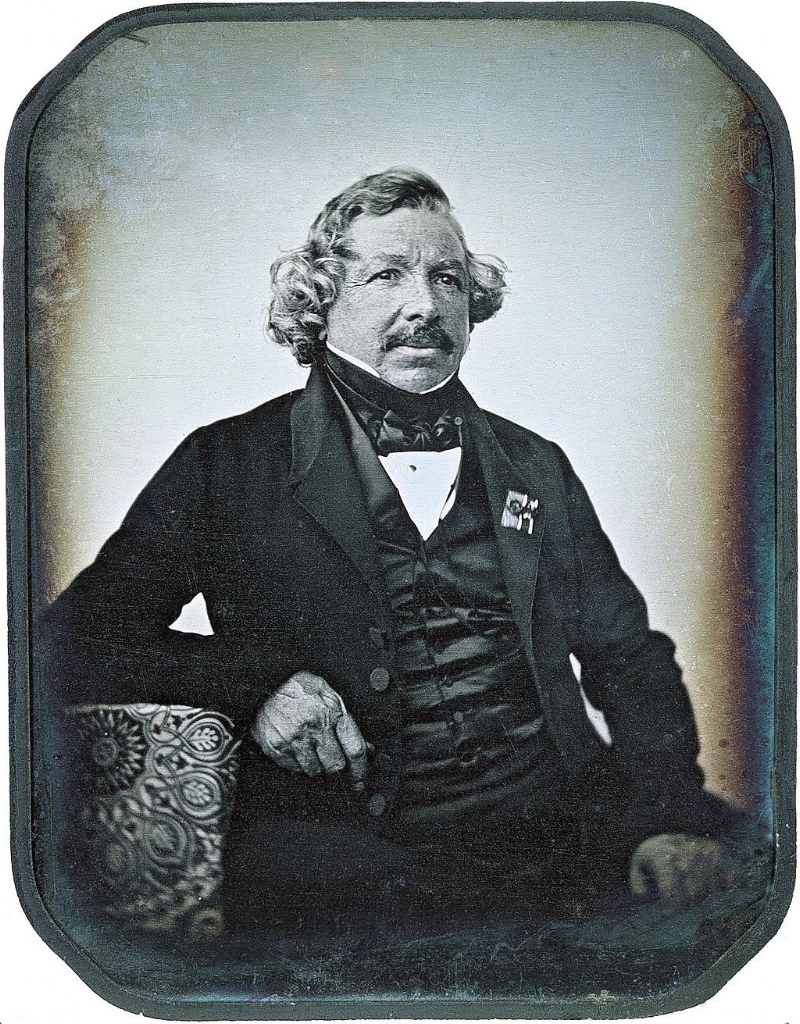While I love Sigma and their relentless pursuit of image fidelity and quality they slightly have shot themselves in the foot with their choice of mount on their new cameras. The cameras themselves are excellently built, rugged and capable studio and location shoot tools. Sigma capture pro is coming along nicely and allows for tethered .x3f and .dng shooting though I wish Sigma would allow for scaling the program for users with 4k screens. This brings me back to mount choice,the SA mount is very similar to Pentax K and has only a bayonet difference and it has the same registry distance as canon ef (44mm) . The problem lies in that only Sigma makes glass and while they have a rather fleshed out lineup I find myself wanting more specialized glass ie ultra fast apertures, trioplan style, more artist focused lenses. If they were to copy the Sony-FE mount or make something with a short flange distance the ability to adapt glass from various other mounts would make the system a whole hell of alot more viable to the average photographer. But there is one mount that is adaptable quiet easily M42. From m42 you adapt a few different style of lens like Pentacon and 6x6 lens. For the purpose of this review I used a Carl Zeiss Jena 180mm f2.8 lens paired with a unknown pentacon to m42 adaptor, then with a Kipon M42 to SA adaptor. The lens is obviously manual focus and with the focus peaking available by default with the Sdqh it is not terrible to use. I do recommend good lighting or the use of flash because the liveview of the sdqh becomes quite mushy and grainy without good light.
First shot with Zeiss Jena, Godox ad360
As you can see in tbe above photo the Carl Zeiss Jena 180mm really leans towards the green spectra in terms of color, it also has a high amount of chromatic aberration when paired with the foveon x3, but renders quite a bit sharper then what I was expecting from a very old lens.
Low light night photography
Now the real question is, how's the bokeh? It's Tony the Tiger levels of great to be honest. Bokeh balls are round and soapy, compression is fantastic and dof is 3d-ish.
I'm truly happy with this lens particularly and with how it pairs onto the Sigma.
Down to some specs,
Aperture: f/ 2,8 - f/ 32
Weight (gr): 1350
Length (mm): 120
Filter Ø (mm.): 86
Aperture blades: 9
Min. focus distance (m.): 1.7
It has a super smooth focusing ring and very audible and noticeable clicks on the aperture ring.
Paired with the SDQH
f2.8, 1/800th Iso-100 with ad360
Since the SDQH already isn't fantastic in low light even when paired with 1.4 primes it obviously is gonna need artificial lighting frequently to which I pair the Sigma ef-630 flash and the Godox Ad360 it has tons less abberations then when only paired with natural light.
f2.8, 1/1250th sec, Iso-100
As you can see in the above picture the way it renders is very 3D-ish with alot of compression and a very sharp fall-off it renders reds, greens and blues very beautiful but over saturates purples, but thats just my opinion. The bokeh... is friggin fantastic. Its very round and very soapy which I really like. It can be a tad busy on occasion but It's one of those things thats a matter of taste. Also remembering that the sdqh is utilizing a aps-h sensor (26.7 x 17.9mm) while the lense is made for 6x6 film which is 56 x 56mm so you are basically only using the center of already high quality lense which is normally the sharpest part of a lense.
f2.8, 1/800th sec, Iso-100
Iso-200, 1/320s, f2.8
So in all I think the journey of adapted lenes will be a beautiful path to travel down.















